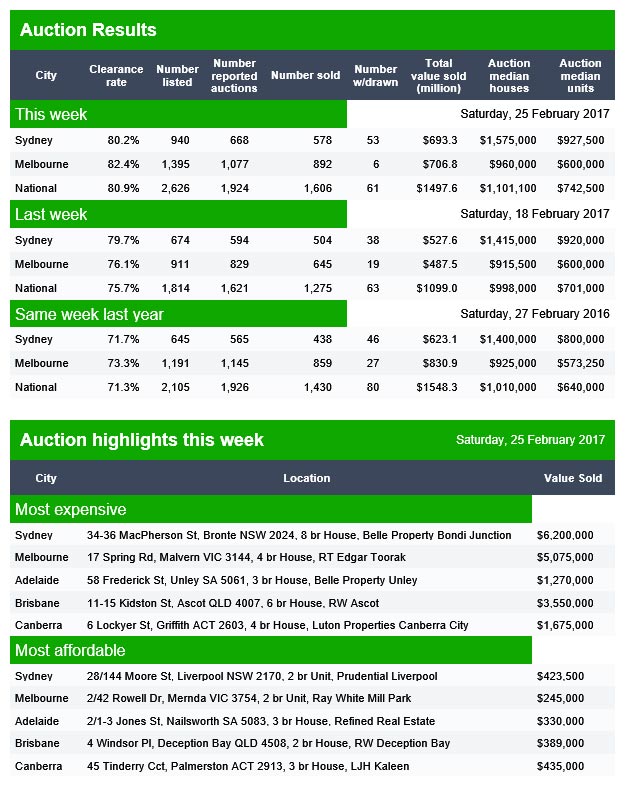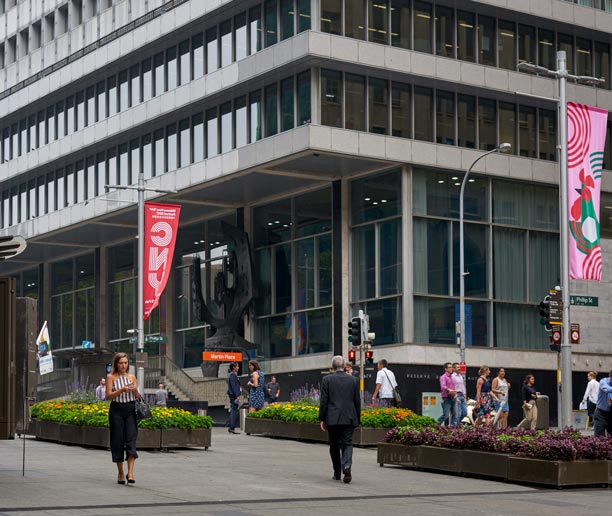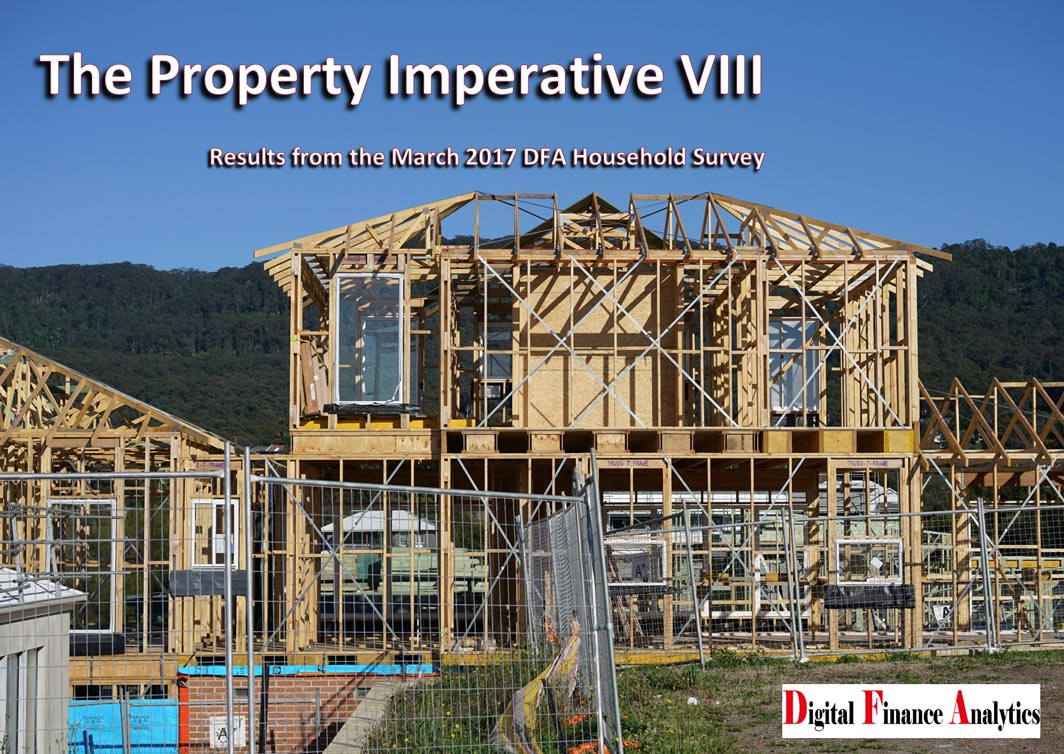New South Wales and Victoria now account for a historically high proportion of national mortgage demand which continues to drive dwelling values much higher across these two cities compared with other regions.
The current housing market growth phase has really been all about Sydney and Melbourne. When you look at dwelling value growth, increases have been substantially higher in Sydney and Melbourne than in all other capital cities. At the same time, demand for mortgages has surged across NSW and Vic (both of which are proxies for Sydney and Melbourne) while it has barely increased across the remaining states and territories.
The first chart highlights the change in capital city dwelling values over the current growth phase. The growth phase broadly began in June 2012 and over the period, only Sydney and Melbourne have recorded value rises greater than 21%. The rise in values has been supported by low interest rates and availability of mortgage finance however, other factors such as localised economic performance, population growth and foreign demand have driven the much stronger growth in Sydney and Melbourne than across the other capital cities.
Change in capital city home values
over current growth phase

Looking at mortgage finance across the states and territories, in December 2016 the value of mortgage lending across each state and territory was recorded at: $14.5 billion in NSW, $9.6 billion in Vic, $5.1 billion in Qld, $1.6 billion in SA, $2.7 billion in WA, $0.3 billion in Tas, $0.2 billion in NT and $0.7 billion in ACT. Over the month, NSW (41.8%) and Vic (27.7%) accounted for a combined 69.5% of the value of all housing finance commitments which was an historic high. In June 2012 when the current growth phase commenced, 33.6% of housing finance commitments were in NSW and 27.1% were in Vic.
Value of monthly mortgage lending
by states and territories

The value of housing finance commitments for owner occupier housing in December 2016 across the states and territories were recorded at: $7.7 billion in NSW, $6.0 billion in Vic, $3.5 billion in Qld, $1.1 billion in SA, $2.0 billion in WA, $0.3 billion in Tas, $0.1 billion NT and $0.4 billion in ACT. Since the current value growth phase commenced in June 2012, monthly mortgage lending to owner occupiers has increased from $4.3 billion in NSW and $3.9 billion in Vic.
Value of monthly owner occupier mortgage lending
by states and territories

In December 2016, the value of mortgage lending to investors across the states and territories was recorded at: $6.8 billion in NSW, $3.7 billion in Vic, $1.7 billion in Qld, $0.5 billion in SA, $0.7 billion in WA, $0.1 billion in Tas, $0.1 billion in NT and $0.2 billion in ACT. More than three quarters (76.3%) of investor mortgage finance nationally in December 2016 was in NSW (49.6%) or Vic (26.7%). While the proportion of lending to investors has previously been higher in each state, combined they make up the largest share on record. At the beginning of the current growth phase, 37.3% of national investor finance commitments were in NSW and 25.1% was in NSW.
Value of monthly investor mortgage lending
by states and territories

The data shows just how concentrated mortgage demand nationally is currently in NSW and Vic. With the demand focused so much on those two states, it’s no wonder values in Sydney and Melbourne have increased so much more than in the other capital cities. While steps have been made to cool mortgage demand, particularly from investors in Sydney and Melbourne, the data points to the fact that demand remains unquestionably strong. With interest rates remaining at close to historic lows, it is clear that further changes will be required in order to slow mortgage demand and dampen the increases in dwelling values being experienced in Sydney and Melbourne.









